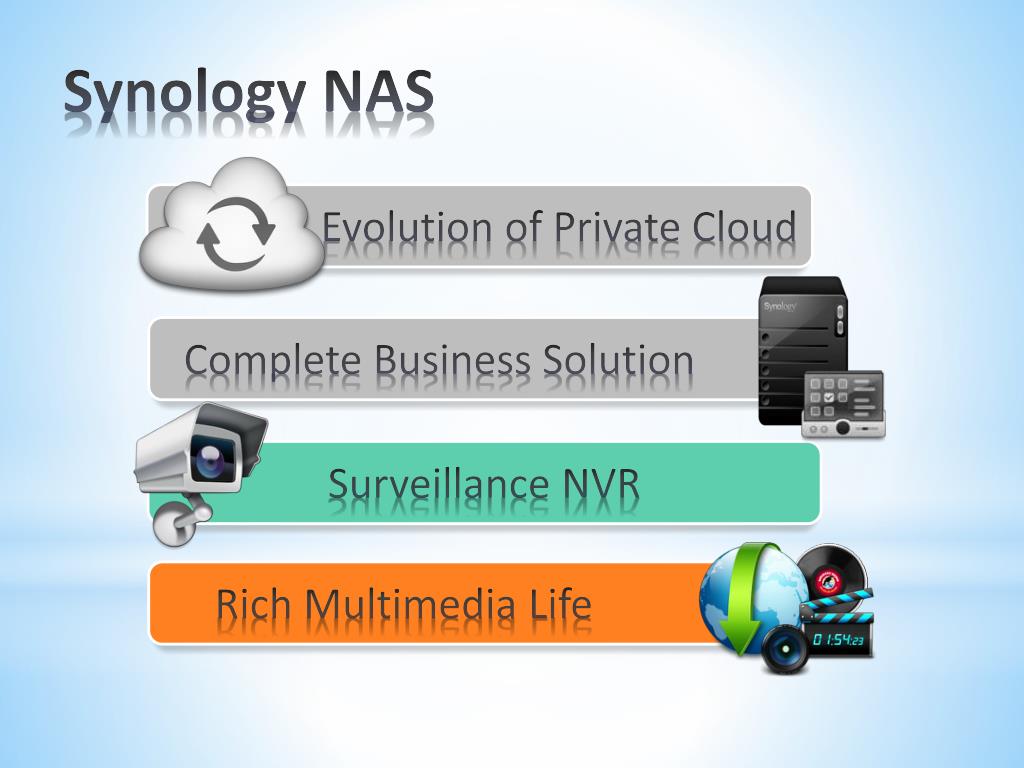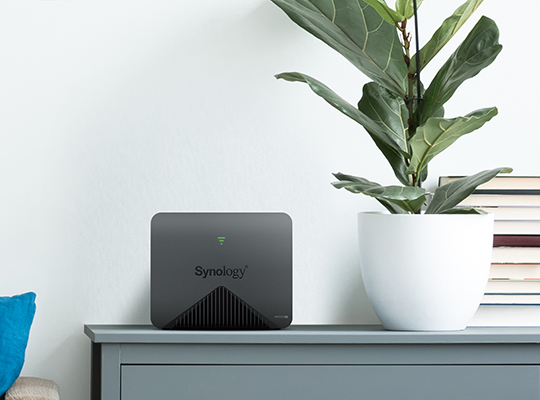

The backup rotation feature is essentially Synology’s take on incremental file versioning and, when active, will create versions of the files as they change over time (if there is available space on the backup media). This is great feature if the backup system in question will be running with a high degree of frequency but of negligible benefit for one-off backups. We find that its much easier to simply run the routine (which will be saved when we’re done) manually when we need it.įinally, you can opt to enable “backup rotation”. NOTE: if you want to manually connect an external drive on a set routine (say, every Sunday night before you go to bed), then you can schedule things accordingly. Further, we’ll check “Remove destination external device when task has successfully finished”, so that the drive automatically unmounts when the task is done. Because our goal is not to leave the disk tethered to the NAS (we want a cold backup we can run, create, and then take offline) we’ll be unchecking “Enable Backup Schedule” and “Enable Integrity Check Schedule” as they are unnecessary for our purpose. Next, you’ll be presented with quite a few potential options for your backup, including whether or not you want to compress the data, encrypt it, schedule a backup routine, and so on. Note: the list is not a complete list of all applications on your Synology NAS, merely those that have a component Hyper Backup can backup.

If you wish to back up any applications, now is the time to select them. Once you’ve selected the volume and/or folders you wish to back up, click “Next”. You do not need to select all the data on your NAS and can, if you wish, exclude any folders and/or volumes.

On the next screen, select all the folders whose data you wish to back up to your external drive. Once you’ve selected the folder and directory name, click “Next”. The default directory name is simply “_1”, but you can change it to whatever you want. Select “Create Backup Task” and then, from the “Shared Folder” dropdown menu, select “usbshare1” to select your external drive. RELATED: The Best NAS (Network Attached Storage) Devices of 2022 Plus, if you’re planning on doing any serious overhauling of your Synology NAS (like a total swap of all the disks, migrating to a new NAS unit, or so on) even though the built-in tools for doing so provided by Synology are very user friendly, you should always back up your data to play it safe.

#Synology cloud station drive vs backup Offline#
Further, if you want to obey one of the cardinal rules of proper backup practice, no bit of data is ever truly backed up unless there is an offline cold-storage copy of it somewhere. Namely, because it’s always on and plugged into your home power, any awful fate that befalls your home also befalls it (like a house fire or lightning strike).
#Synology cloud station drive vs backup how to#
RELATED: How to Set Up and Get Started with Your Synology NASĪlthough the Synology NAS platform-including the Disk Station Manager operating system that runs on it and the propriety automated Synology Hybrid Raid (SHR)-is a rock solid and easy way to back up data from your computers, it suffers, by the very nature of things, from some of the same issues that plague any always-on backup system. Let’s take a look at how to back up your Synology NAS for the ultimate data redundancy. “isn’t the NAS the backup though?” Not so fast-not all backups are equal, and a backup isn’t truly a backup until there’s a cold storage copy of it somewhere. “Create a backup of my NAS?” you might say.


 0 kommentar(er)
0 kommentar(er)
